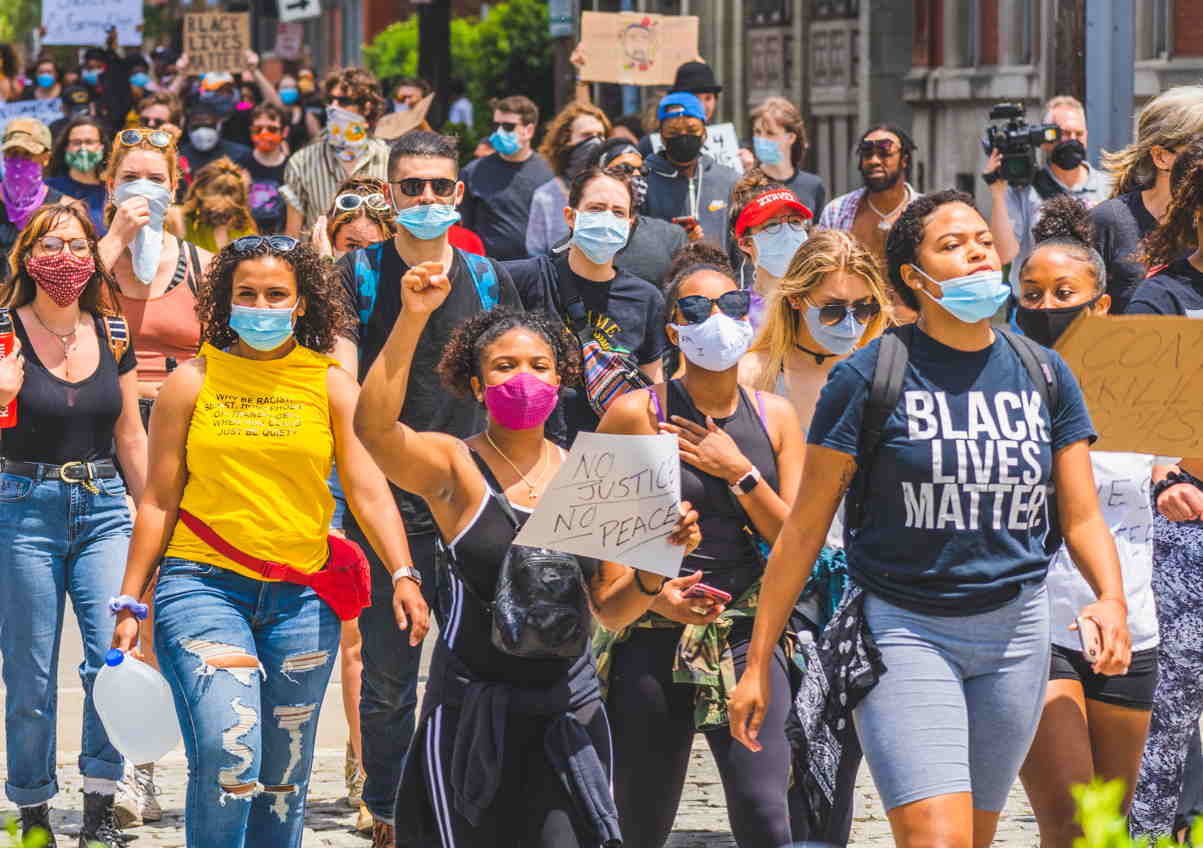Race Is a Biological Fiction, and Potent Social Reality
By Charles M. Blow,
Undark
| 12. 15. 2022
n his 1940 essay “Dusk of Dawn,” the renowned scholar W.E.B. Du Bois reflected back to his early-career appointment, some 44 years prior, as a temporary instructor at the University of Pennsylvania — a time he described as coinciding with a clarifying vision he had on America’s “race problem.” At that time, near the dawn of the 20th century, Du Bois says he believed the primary impediment to enlightenment on racial issues was “stupidity” — and the cure was simple: “knowledge based on scientific investigation.”
But where the youthful Du Bois had faith in the power of science to overcome ignorance, the older Du Bois admitted that this faith was waning: “I regarded it as axiomatic that the world wanted to learn the truth and if the truth was sought with even approximate accuracy and painstaking devotion, the world would gladly support the effort,” he wrote. “This was, of course, but a young man’s idealism, not by any means false, but also never universally true.”
It still isn’t. We have known for decades, for example, that the bigoted...
Related Articles
By Pam Belluck and Carl Zimmer, The New York Times | 11.19.2025
Gene-editing therapies offer great hope for treating rare diseases, but they face big hurdles: the tremendous time and resources involved in devising a treatment that might only apply to a small number of patients.
A study published on Wednesday...
By Emily Glazer, Katherine Long, Amy Dockser Marcus, The Wall Street Journal | 11.08.2025
For months, a small company in San Francisco has been pursuing a secretive project: the birth of a genetically engineered baby.
Backed by OpenAI chief executive Sam Altman and his husband, along with Coinbase co-founder and CEO Brian Armstrong, the startup—called...
By Jessica Hamzelou, MIT Technology Review | 11.07.2025
This week, we heard that Tom Brady had his dog cloned. The former quarterback revealed that his Junie is actually a clone of Lua, a pit bull mix that died in 2023.
Brady’s announcement follows those of celebrities like Paris...
By Emily Mullin, Wired | 10.30.2025
In 2018, Chinese scientist He Jiankui shocked the world when he revealed that he had created the first gene-edited babies. Using Crispr, he tweaked the genes of three human embryos in an attempt to make them immune to HIV and...




